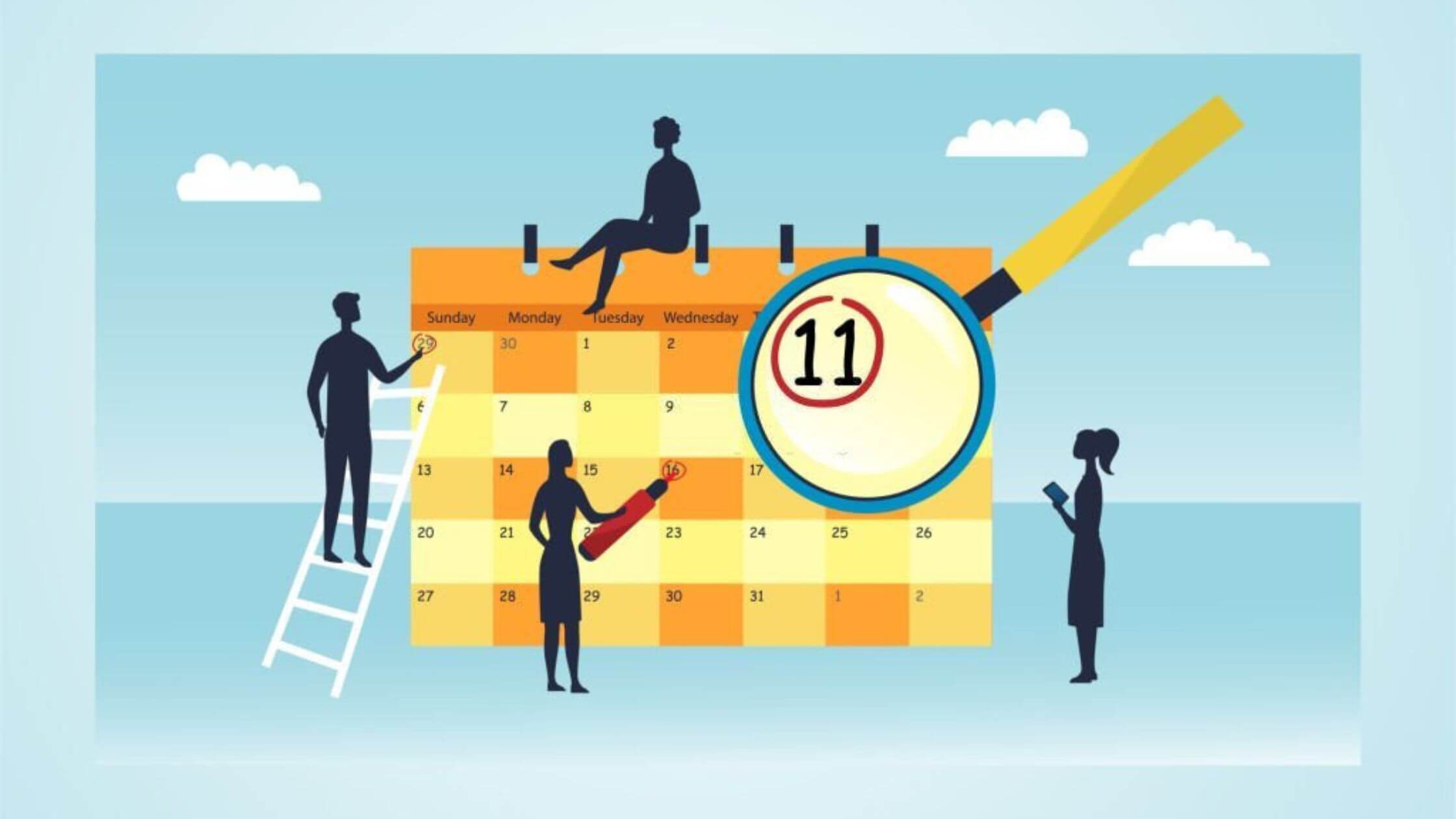
Earning a Project Management Professional (PMP) certification is a major step forward in any project manager’s career. It indicates that you possess the experience, knowledge, and discipline to lead projects across various industries.
Becoming a project manager with a PMP certification also lets individuals gain a stable income source. For instance, the average annual salary of a project manager in the information and technology sector ranges from $64,000 to $141,000. According to Payscale, the top 10% project managers earn close to $140,000.
However, PMP is just the beginning for many professionals. Once the foundation is set, the question becomes: where do you go from here?
Project managers who aim to influence at a higher level often start looking beyond project execution. Their focus shifts from individual projects to broader organizational impact. This is where leadership roles within a Project Management Office (PMO) start to gain appeal.
In this article, we will discuss how you can get a PMO role after getting your PMP certification.
Building Toward Strategic Leadership
Before reaching a PMO level, you need to go through a period of career realignment. This phase often includes building stronger cross-functional communication skills, understanding organizational behavior, and learning how to lead change, not just tasks.
For some, this progression also involves formal education. Many choose to explore academic routes that provide a deeper business perspective. For example, a Doctor of Business Administration (DBA) program is something professionals may pursue to strengthen their expertise in leadership.
According to Marymount University, this course teaches various aspects of leadership. For instance, you can learn strategy building, ethical leadership, maximizing digital transformation, and applied research.
With a DBA degree program, you can also learn data analysis and strategic decision-making skills. It allows you to examine real-world business challenges through a research-based lens, which becomes especially relevant in PMO settings.
Gaining the Right Experience
Choosing to further one’s education or training is just one part of the path. The transition to a PMO role also requires experience in managing not just projects, but people and priorities across different functions.
Success at this level comes from understanding how to connect project outcomes to broader business objectives. It means becoming comfortable with enterprise-level planning and learning how to strike a balance between governance and flexibility.
PMO leaders are often seen as translators between executive leadership and delivery teams. They ensure that project teams stay aligned with strategic goals while also making sure that leadership stays informed with accurate, timely updates.
You can gain this experience while working as a project manager and handling your team. Additionally, you should also seek mentors to learn from their knowledge. According to a Forbes article, a mentor is a great resource to help you thrive in today’s dynamic business landscape.
Besides being a great source of knowledge, they also help you set achievable goals, offer useful feedback, and give you access to valuable connections.
What kind of project environments best prepare someone for PMO leadership?
Environments with multiple, overlapping projects and tight resource constraints are ideal training grounds. Working in a matrixed organization, handling stakeholder conflict, or leading global teams helps develop skills in coordination, influence, and high-level reporting. These are key capabilities expected from PMO leaders managing broad portfolios.
Common Gaps in Transitioning to PMO Roles
Despite strong technical backgrounds, many project managers find themselves unprepared for the political and structural realities of higher leadership.
Issues such as stakeholder resistance, conflicting priorities between departments, or shifting organizational goals are rarely addressed in certification training. These challenges require a different type of preparation, often rooted in broader business exposure or mentorship.
Some professionals take on cross-functional initiatives or change management roles to gain experience dealing with ambiguity. Others learn from direct involvement in governance discussions or strategic reviews. What matters most is developing comfort with uncertainty and learning to guide teams through it.
Exposure to budgeting, policy setting, and organizational planning can also help close knowledge gaps. Without these experiences, even skilled project managers may struggle to lead at the portfolio or enterprise level.
What role does emotional intelligence play in becoming a successful PMO leader?
Emotional intelligence is essential when navigating organizational politics, coaching teams, and handling executive pressure. PMO leaders must manage stress, resolve conflicts, and build trust across departments. Those with strong self-awareness and interpersonal sensitivity often thrive, even in high-pressure or change-heavy environments.
Evolving Responsibilities at the PMO Level
As a CIO article notes, PMO is the key to standardizing project success. It is a centralized functional unit that establishes, enforces, and oversees policies, tools, and standards for project execution to ensure consistency and alignment. It plays a strategic role by collaborating with business leaders to prioritize initiatives and link project outcomes to broader organizational goals.
Thus, the expectations from you as a PMO leader go beyond schedules and budgets. You would also be involved in resource planning, risk oversight, project portfolio management, and performance tracking.
In some organizations, you might even be required to take part in annual strategic planning sessions. This way, you can offer insights on what initiatives are achievable and how they align with business priorities.
Your influence extends into culture as well. Many PMO heads play a role in shaping how project teams collaborate, report progress, and engage with stakeholders. Thus, you will also be expected to champion consistency without slowing down innovation, a task that requires careful judgment.
How do PMO responsibilities vary in small versus large organizations?
In smaller companies, PMO leaders often wear many hats, from hands-on project delivery to process design. In large organizations, the PMO may be more specialized, with separate roles for governance, tools, and analytics. However, strategic alignment and team enablement remain critical in both contexts.
The leap from PMP-certified project manager to PMO leader isn’t always linear. It might involve temporary roles in operations, exposure to different departments, or even lateral moves into business analysis or change management. Each experience adds perspective, helping you see how projects fit into the larger business puzzle.
What truly separates a strong PMO leader from others is the ability to lead through complexity without losing sight of clarity. They prioritize the right work, support their teams, and stay committed to continuous improvement.



